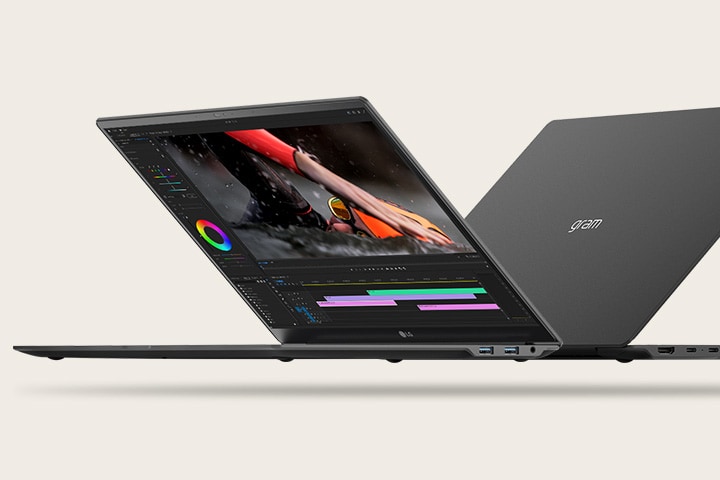introduction
Choosing your next smartphone has never been harder. In 2024, two titans—Xiaomi and Samsung—are duking it out with cutting-edge devices that promise to revolutionize your tech experience. But which brand is the better fit for you? Let’s break down everything from performance to value, giving you all the information you need to make an informed decision.
Xiaomi and Samsung in 2024: Titans of the Industry
Xiaomi’s Bold Strategy
Xiaomi’s success lies in its daring approach—offering flagship-level features at prices that undercut competitors. In 2024, Xiaomi’s lineup focuses on groundbreaking tech like 120W charging, AI-enhanced cameras, and sleek foldable designs like the Xiaomi Mix Flip. Its goal? To dominate not just midrange markets but premium ones too.
Key Xiaomi models to watch:
- Xiaomi 15 Pro: A feature-packed flagship that offers superior performance.
- Xiaomi Mix Flip: Bringing affordability to the foldable segment.
Samsung’s Legacy of Innovation
Samsung isn’t just a smartphone manufacturer; it’s an industry leader that sets the standard. With years of experience and a global ecosystem spanning devices and software, Samsung remains a reliable choice. In 2024, the focus is on refining premium experiences, with advanced features like Dynamic AMOLED 2X displays and unmatched ecosystem compatibility.
Key Samsung models to explore:
- Galaxy S24 Ultra: The crown jewel of Samsung’s flagship range.
- Galaxy Z Fold 6: A foldable redefining multitasking and durability.
Display Technology: The Battle of Visual Excellence
How important is screen quality to you? Whether you’re spree-watching or gaming, the display can make or break the experience.
| Feature | Xiaomi | Samsung |
|---|---|---|
| Display Technology | LTPO AMOLED, 120Hz | Dynamic AMOLED 2X, 120Hz |
| Peak Brightness | 1400 nits | 1750 nits |
| HDR Capability | HDR10+ | HDR10+ with Vision Boost |
Xiaomi’s Display Strengths
Xiaomi’s AMOLED displays deliver vibrant colors and buttery-smooth refresh rates, perfect for gamers and content lovers. They offer great value for the price, often rivaling Samsung’s in quality.
Samsung’s Display Expertise
If you’re someone who uses their phone outdoors a lot, Samsung wins. Its 1750-nit brightness ensures the screen remains visible even in direct sunlight. The Dynamic AMOLED 2X technology also provides richer blacks and superior HDR performance.
Performance: Speed, Multitasking, and Gaming
Your smartphone’s performance affects everything—from loading apps to handling demanding games. Let’s see how these brands stack up.
| Aspect | Xiaomi | Samsung |
|---|---|---|
| Processor | Snapdragon 8 Elite | Exynos 2400 / Snapdragon 8 Gen 3 |
| RAM | Up to 16GB | Up to 16GB |
| Software | MIUI 15 | One UI 6.0 |
Xiaomi’s Focus on Raw Power
Xiaomi devices excel at delivering maximum performance for gaming and multitasking. The Snapdragon 8 Gen 3 processor is a powerhouse, offering seamless performance even for demanding tasks.
Samsung’s Balanced Approach
Samsung’s Exynos 2400 chips in some regions may lag slightly in raw performance, but they shine in stability and efficiency. Paired with One UI 6.0, Samsung devices deliver a polished, user-friendly experience that’s less prone to bugs.
Camera Showdown: Creativity Meets Precision
Your phone’s camera is likely your go-to for capturing memories. So, who does it better?
| Feature | Xiaomi | Samsung |
|---|---|---|
| Main Sensor | 50MP (Xiaomi 15 Pro) | 200MP (Galaxy S24 Ultra) |
| AI Features | Superior AI processing | Balanced, user-friendly AI |
| Video Quality | 8K, less stabilization | 8K with expert stabilization |
Xiaomi: Leading with Hardware
The Xiaomi 15 Pro boasts an impressive 200MP sensor, delivering incredible detail, especially in well-lit conditions. Its AI-powered photo enhancements make even casual shots look professional.
Samsung: Master of Software
Samsung may use similar hardware, but it’s expert RAW mode and superior stabilization ensure photos and videos are consistently high-quality. The Galaxy S24 Ultra excels in low-light photography, offering crisp and vivid results.
Battery and Charging: Power That Lasts
Running out of juice mid-day is the worst. Both brands address this but with different strategies.
| Feature | Xiaomi | Samsung |
|---|---|---|
| Battery Capacity | 5000mAh | 5000mAh |
| Charging Speed | 120W wired, 50W wireless | 45W wired, 25W wireless |
| Battery Life | 6-8 hours (heavy use) | 8-10 hours (heavy use) |
Why Xiaomi Stands Out
Imagine plugging in your phone and getting a full charge in just 20 minutes—that’s Xiaomi’s magic with 120W fast charging. You’ll never feel tethered to a charger for long.
Why Samsung Lasts Longer
Samsung prioritizes efficiency, offering all-day battery life even with heavy use. While charging is slower, its batteries are optimized for longevity.
Price and Value: Which Gives You More Bang for Your Buck?
| Aspect | Xiaomi | Samsung |
|---|---|---|
| Flagship Price | $700–$900 | $1,200+ |
| Midrange Price | $400–$600 | $500–$800 |
| Ecosystem Perks | Limited | Comprehensive (Galaxy Buds, Watch, etc.) |
Xiaomi: Affordable Flagship Experience
If you’re on a budget but want premium features, Xiaomi is the clear choice. You’ll save hundreds without sacrificing too much.
Samsung: Premium Price for Premium Quality
While Samsung demands a higher price, you’re buying into a polished experience. From Galaxy Buds to Galaxy Tabs, the ecosystem integration adds significant value.
Pros and Cons: The Final Breakdown
Xiaomi: Strengths and Weaknesses
Pros:
- Best value for money.
- Revolutionary fast charging.
- Impressive camera hardware.
Cons:
- The software is not as refined as Samsung’s.
- The ecosystem isn’t as cohesive.
Samsung: Strengths and Weaknesses
Pros:
- Stunning displays and build quality.
- Reliable software updates.
- Comprehensive ecosystem.
Cons:
- Higher price tags.
- Slower charging speeds.
FAQ: Answers to Your Biggest Questions
Which brand offers better gaming performance?
If gaming is your focus, Xiaomi’s Snapdragon 8 Gen 3 chips often deliver higher frame rates. However, Samsung offers better heat management for longer sessions.
Which phone has the best cameras?
Samsung offers better low-light performance and stabilization, while Xiaomi leads in daytime shots with its larger sensors and AI tricks.
Which is better for long-term use?
Samsung is the better long-term investment, thanks to consistent updates and a more established ecosystem.
Conclusion: Making the Right Choice for You
The Xiaomi vs. Samsung debate isn’t about which brand is universally better—it’s about what works best for you. Want cutting-edge innovation at a wallet-friendly price? Xiaomi is the way to go. Prefer a polished, reliable experience with unmatched ecosystem integration? Samsung is your best bet.
So, which side are you on in 2024’s ultimate smartphone showdown? Let us know in the comments below!
Looking for more insights? Share this article with your friends and help them choose their next smartphone too.
I'm Salim, the creator and tech enthusiast behind this website. My passion for technology has been a lifelong journey, fueled by a deep curiosity about how things work and a desire to explore the latest gadgets and innovations that shape our world.




